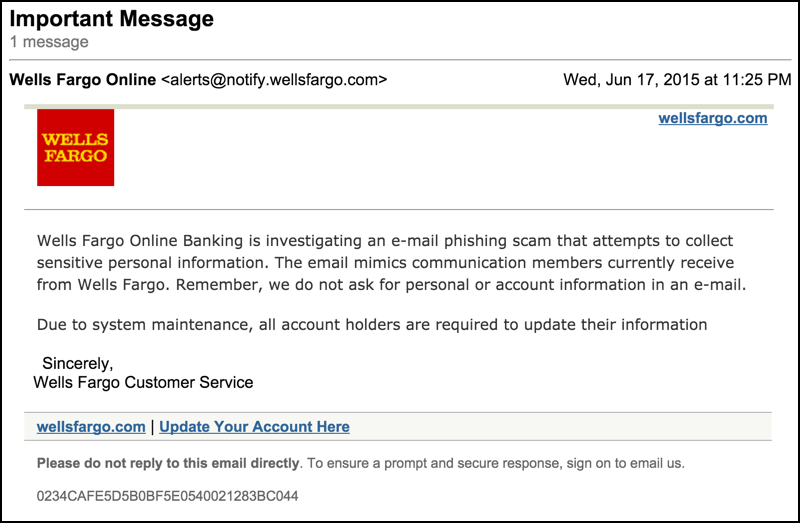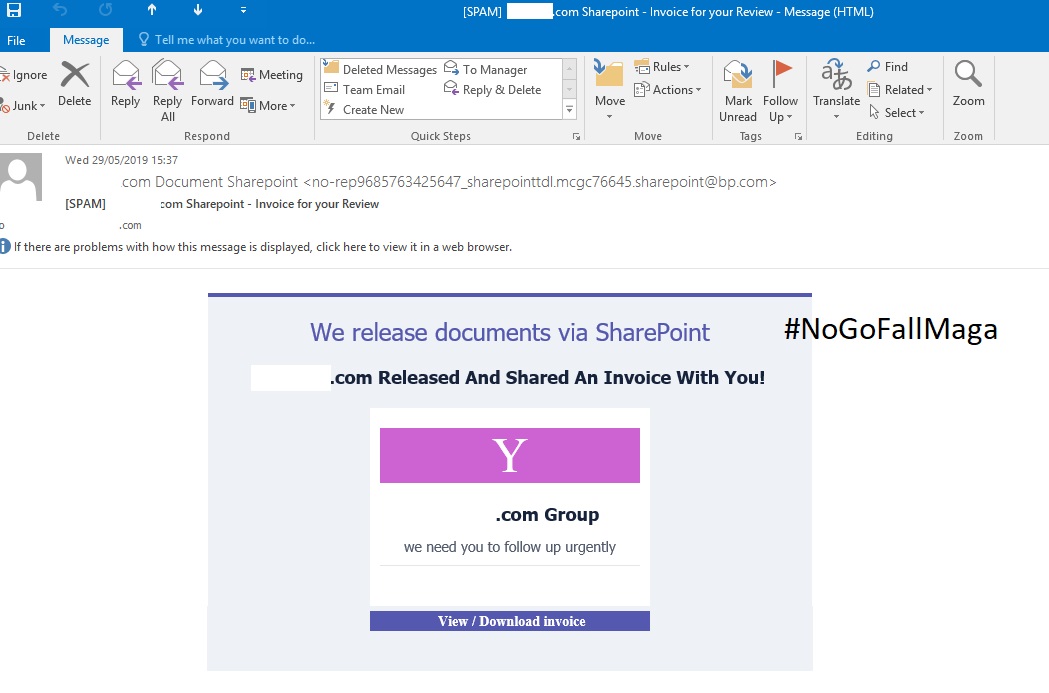


Microsoft's payload catalog (global) provides payloads in 10+ languages which can also be filtered.
HOW TO MAKE PHISHING PAGE ONLINE CODE
Drive-by URL: The malicious URL in the message takes the user to a familiar-looking website that silently runs and/or installs code on the user's device.

Opening the file will help the attacker compromise the target's device. The message sent to the user will contain a link to this malicious file. Link to malware: Runs some arbitrary code from a file hosted on a well-known file sharing service.The URL within the attachment follows the same technique as credential harvest. An attacker inserts a URL into an email attachment.

Link in attachment: A type of credential harvest hybrid.When the user opens the attachment, arbitrary code is run that will help the attacker compromise the target's device. Malware attachment: Adds a malicious attachment to a message.Credential harvest: Attempts to collect credentials by taking users to a well-known looking website with input boxes to submit a username and password.The following social engineering techniques are available: Different payloads are available for different techniques. On the Select technique page, select an available social engineering technique, which was curated from the MITRE ATT&CK® framework. You can pick up where you left off by selecting the simulation and clicking Edit simulation. The incomplete simulation has the Status value Draft on the Simulations tab. The rest of this article describes the pages and the settings they contain.Īt any point during the simulation creation wizard, you can click Save and close to save your progress and continue configuring the simulation later. On the Simulations tab, select Launch a simulation. To go directly to the Simulations tab, use. In the Microsoft 365 Defender portal at, go to Email & collaboration > Attack simulation training > Simulations tab. To launch a simulated phishing attack, do the following steps: This article walks you through creating a simulated phishing attack using Attack simulation training.įor getting started information about Attack simulation training, see Get started using Attack simulation training. These simulations test your security policies and practices, as well as train your employees to increase their awareness and decrease their susceptibility to attacks. Applies to Microsoft Defender for Office 365 plan 2Īttack simulation training in Microsoft Defender for Office 365 Plan 2 or Microsoft 365 E5 lets you run benign cyberattack simulations in your organization.


 0 kommentar(er)
0 kommentar(er)
